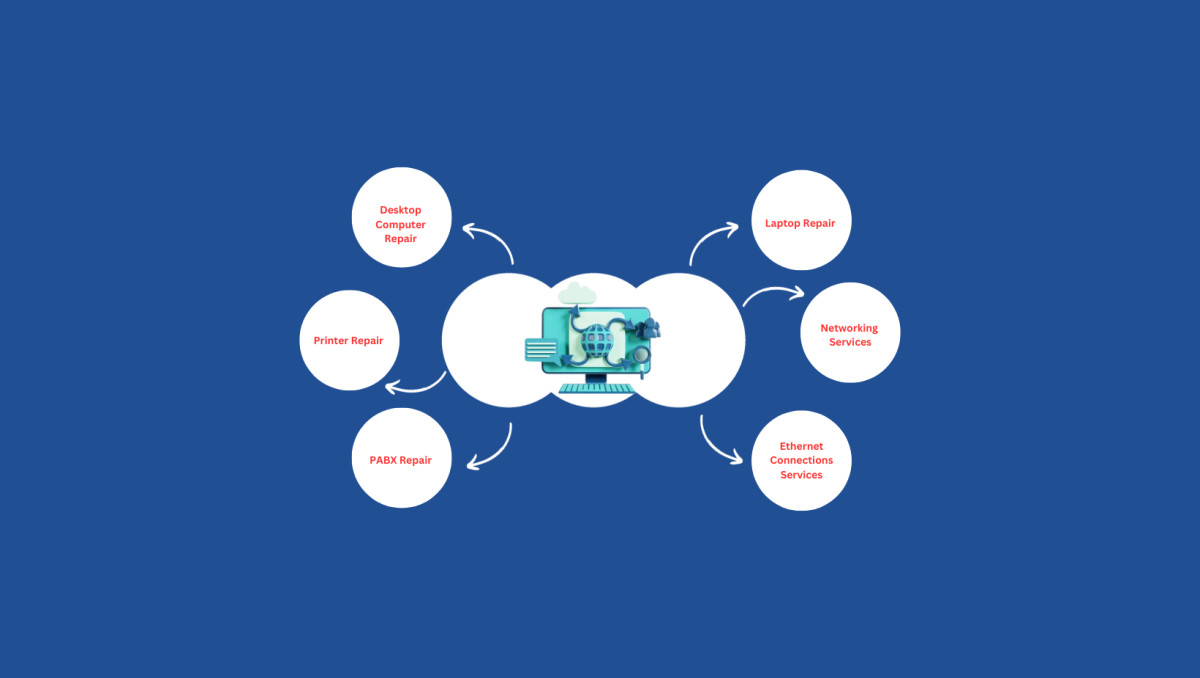
Search
Tank Cleaning
Smart Dai


Why Tank Cleaning is Important
- Prevent Contamination
Over time, tanks can accumulate residues, bacteria, and other contaminants. For industries like food and beverage or pharmaceuticals, even minor contamination can lead to significant health risks and product recalls. Regular cleaning helps maintain a hygienic environment and ensures the safety and quality of the stored products.
- Extend Tank Lifespan
Regular cleaning prevents the build-up of corrosive materials and sediments that can damage the tank structure. This not only extends the lifespan of the tank but also reduces maintenance costs in the long run.
- Maintain Efficiency
A clean tank operates more efficiently. For example, in the oil and gas industry, sediment build-up can reduce the tank's storage capacity and impact the efficiency of the extraction and storage processes. Clean tanks ensure optimal performance and capacity utilization.
Types of Tank Cleaning
- Manual Cleaning
Manual cleaning involves workers physically entering the tank to scrub and wash the interior surfaces. This method is labor-intensive and often used for smaller tanks or tanks with specific cleaning requirements.
Pros:
- Allows for detailed inspection of the tank.
- Effective for complex tank geometries.
Cons:
- Time-consuming and labor-intensive.
- Poses safety risks to workers.
- Automated Cleaning
Automated cleaning systems use high-pressure water jets, chemical cleaning agents, and mechanical scrubbing devices to clean the tank. This method is suitable for large tanks and reduces the need for human entry.
Pros:
- Reduces labor costs and safety risks.
- Provides consistent and thorough cleaning.
Cons:
- Initial investment in equipment can be high.
- May require specialized training for operation.
- Chemical Cleaning
Chemical cleaning involves using specific cleaning agents to dissolve and remove residues. This method is often used for tanks storing hazardous materials or for tanks that are difficult to clean manually or mechanically.
Pros:
- Effective for removing stubborn residues.
- Reduces the need for manual labor.
Cons:
- Requires careful handling of chemicals.
- Disposal of cleaning agents can be environmentally challenging.
Steps in the Tank Cleaning Process
- Preparation
- Assess the Tank: Determine the type of tank, its contents, and the level of contamination.
- Plan the Cleaning: Choose the appropriate cleaning method and prepare the necessary equipment and cleaning agents.
- Ensure Safety: Implement safety measures, such as ventilation, personal protective equipment (PPE), and permits for confined space entry.
- Cleaning
- Drain the Tank: Remove all contents and residues from the tank.
- Initial Rinse: Rinse the tank with water to remove loose debris.
- Apply Cleaning Agents: Use appropriate cleaning agents to dissolve and remove contaminants.
- Scrubbing: For manual cleaning, scrub the interior surfaces. For automated cleaning, activate the cleaning systems.
- Final Rinse: Rinse the tank thoroughly to remove all cleaning agents and residues.
- Inspection and Maintenance
- Inspect the Tank: Check for any remaining residues, corrosion, or damage.
- Perform Maintenance: Address any identified issues, such as repairing corrosion or replacing damaged components.
- Document the Process: Keep records of the cleaning process, including methods used, agents applied, and inspection results.
Best Practices for Tank Cleaning
- Regular Cleaning Schedule: Establish a regular cleaning schedule based on the type of tank and its usage.
- Use Appropriate Cleaning Agents: Select cleaning agents that are effective for the specific residues and compatible with the tank material.
- Ensure Safety Compliance: Follow all safety regulations and guidelines to protect workers and the environment.
- Training and Expertise: Ensure that personnel involved in tank cleaning are properly trained and experienced.
- Environmental Considerations: Use environmentally friendly cleaning agents and properly dispose of cleaning waste.
Conclusion
Tank cleaning is a critical maintenance task that ensures the safety, efficiency, and longevity of storage tanks. By understanding the importance of tank cleaning, choosing the appropriate methods, and following best practices, industries can maintain high standards of hygiene and operational efficiency. Regular and thorough tank cleaning not only protects the stored materials but also contributes to the overall success and sustainability of the operations.





